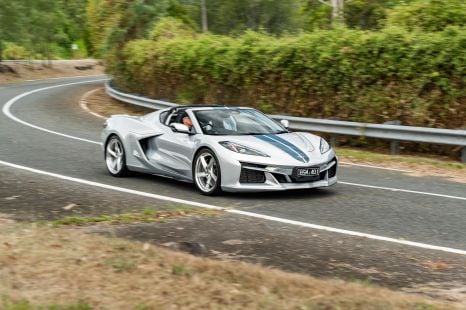

CarExpert.com.au
The CarExpert team's favourite cars of 2025
2 Hours Ago

Contributor
Ford CEO Jim Farley says China is its biggest competitor in the electric vehicle market as it looks to compete with the likes of BYD, Geely, SAIC Motor, and Great Wall Motor.
At the recent Morgan Stanley Sustainable Finance Summit conference, Mr Farley addressed concerns regarding Chinese brands taking over global market share as they continue to release “new competitive products”.
“They produce 70 per cent of electric vehicles in the world in China, 70. And the winners are BYD, Geely, Changan, SAIC, Great Wall,” said Mr Farley.
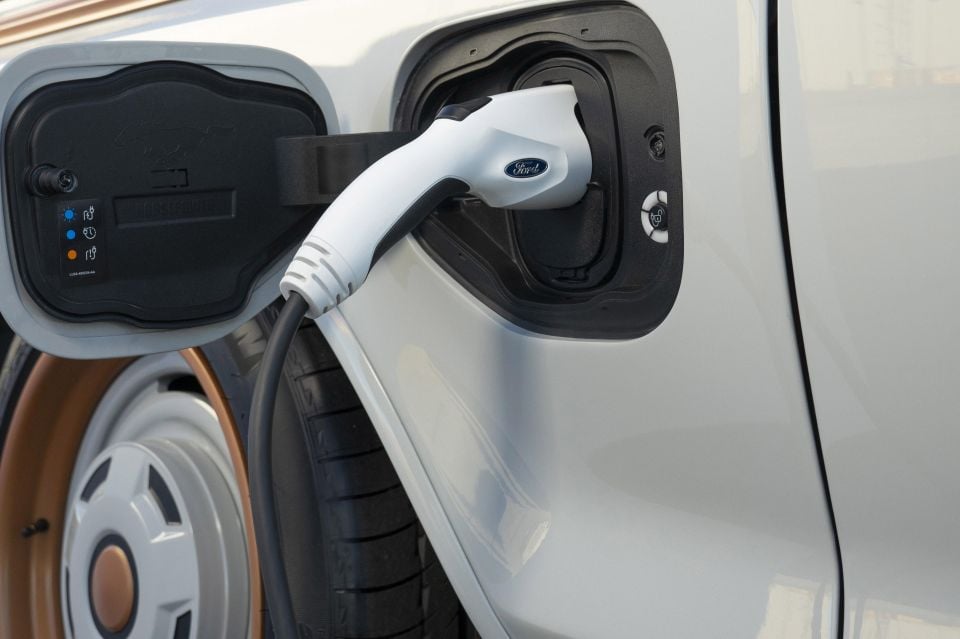
“To beat them, you either have to have a very distinct brands, which we think we do or you have to beat them on cost. But how do you beat them on cost if their scale is 5x yours? So, I don’t know.
“The Chinese are going to be the powerhouse, I think, we think. So, I think we see the Chinese as the main competitor, not GM or Toyota.
“The Europeans let them in. So, now they’re selling in high volume in Europe. We have a decision to make here in the U.S.”
The CEO did seem confident in his company’s understanding of what a customer is looking for.

He said that customers will happily sacrifice a larger battery which costs more for a small battery that can be charged quicker.
“Our industry is obsessed with large batteries because the customers are worried about range anxiety and really, we think the solution is actually not a big battery. It’s a small as possible battery for competitive range,” he said.
In order to maintain presence on a global scale alongside the Chinese brands, Mr Farley says the brand may look to use battery technology more creatively.
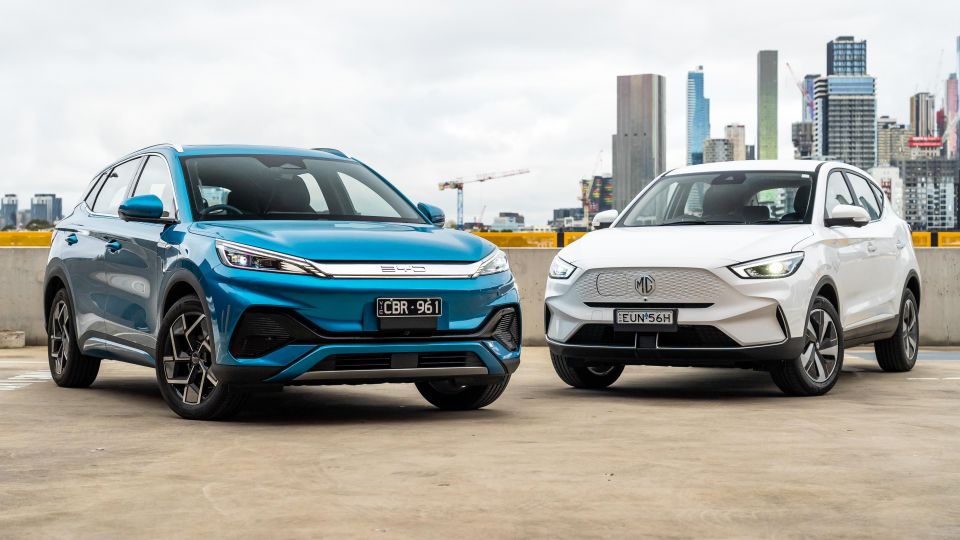
“I think that’s really important. And I don’t think the competitors have figured that out yet,” he said.
Mr Farley says the next generation of its electric products will be “radically different” and is expected in the next two years.
It appears alongside upcoming Chinese brands, Ford is struggling to produce vehicles with cost-effective batteries.
Producing batteries from raw materials within the US is the cheapest option but it’s very hard to come by based on a limited amount of processing facilities.

“Well, the issue is, like, lithium is super plentiful. The problem is, it takes 12 years to 15 years just to get permitted,” he said.
“To actually get it out of the ground and then processing it, there’s zero processing capability in North America other than Tesla’s Corpus Christi site.”
Ford is expanding its electric vehicle line-up, with electric versions of the Puma and Transit Custom coming in 2024. Both have been confirmed for Australia.
Ford also recently announced it’s getting ready to launch an electric three-row SUV with 563km of range, teasing it alongside what appears to be its next-generation electric ute.
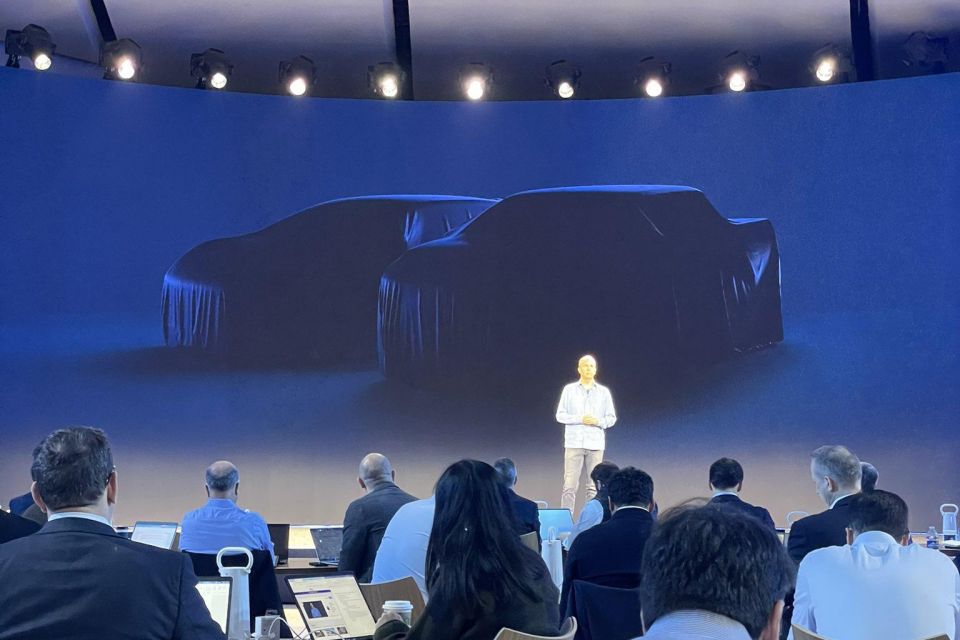
Both are set to enter production in 2025.
Work is underway on Ford’s new Blue Oval City mega-campus in Tennessee, which will produce electric vehicles from 2025.
The new facility, once it gets up to speed, is capable of producing 500,000 electric pickups annually – over three times its current projected annual rate for the F-150 Lightning.
Ford has already confirmed it’s rolling out two new EV architectures, one for use by full-sized pickups.
Where expert car reviews meet expert car buying – CarExpert gives you trusted advice, personalised service and real savings on your next new car.
Jade Credentino is an automotive journalist currently based in Melbourne, Australia. Jade has had a chance to review a variety of vehicles and particularly enjoys SUVs. She enjoys traveling and going on road trips exploring Australia.


CarExpert.com.au
2 Hours Ago
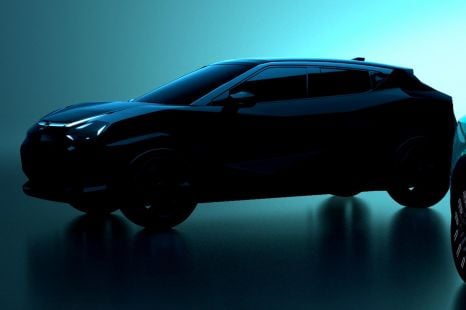

Damion Smy
16 Hours Ago
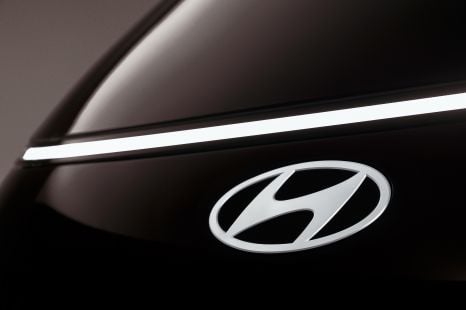

Damion Smy
19 Hours Ago
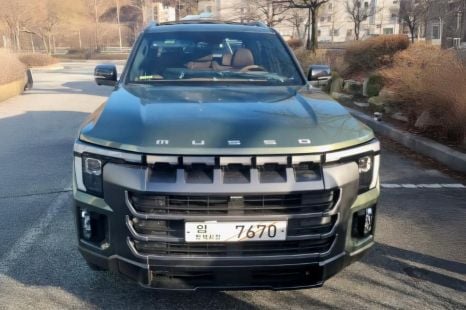

Damion Smy
23 Hours Ago


Damion Smy
1 Day Ago
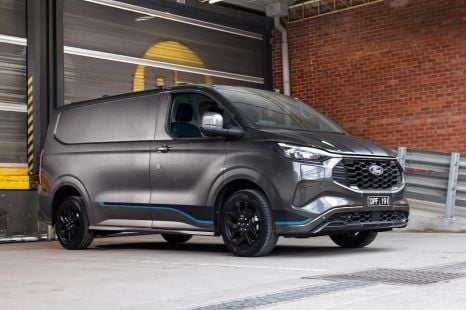

Damion Smy
1 Day Ago